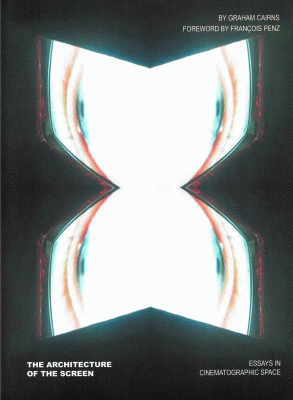By Graham Cairns
This title has a new and unusual angle on the relationship between film and architecture. Its examples of buildings, film and video projects are multinational in scope, and are both historical and contemporary. The content is varied; film reviews, realized projects, theoretical texts. The subjects dealt with are thus equally varied. Given its structure, it can be read in fragments with the reader free to move around the content non-sequentially. With the birth of film came the birth of a revolutionary visual language. This new, unique vocabulary - the cut, the fade, the dissolve, the pan, and the new idea of movement - gave not only artists but also architects a completely new way to think about and describe the visual. The "Architecture of the Screen" examines the relationship between the visual language of film and the onscreen perception of space and architectural design, revealing how film's visual vocabulary influenced architecture in the twentieth century and continues to influence it today. Graham Caims draws on film reviews, architectural plans, and theoretical texts to illustrate the unusual and fascinating relationship between the worlds of filmmaking and architecture.
Bristol, 2013, 17 x 23cm, illustrated, 232pp. Paperback.
